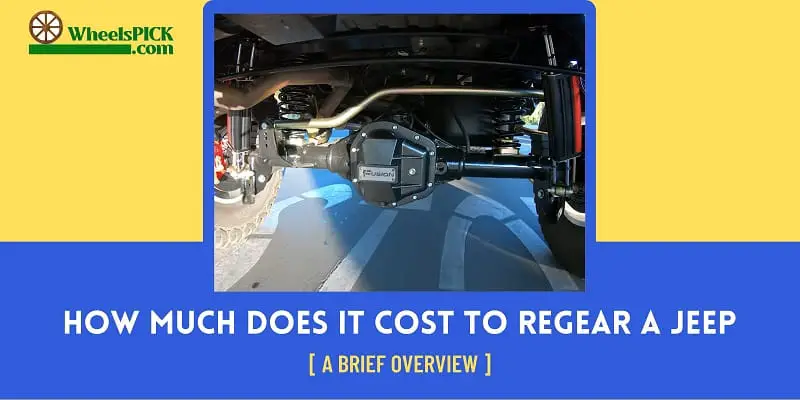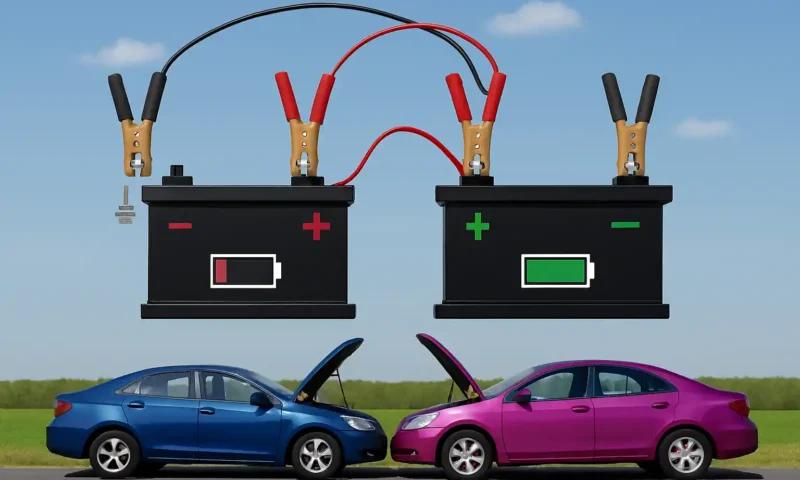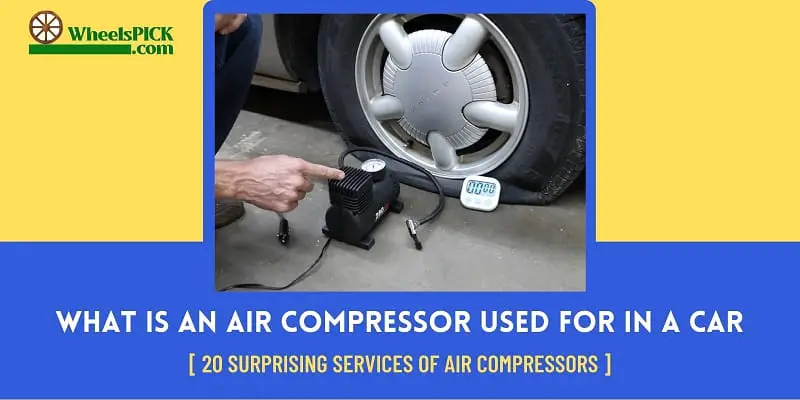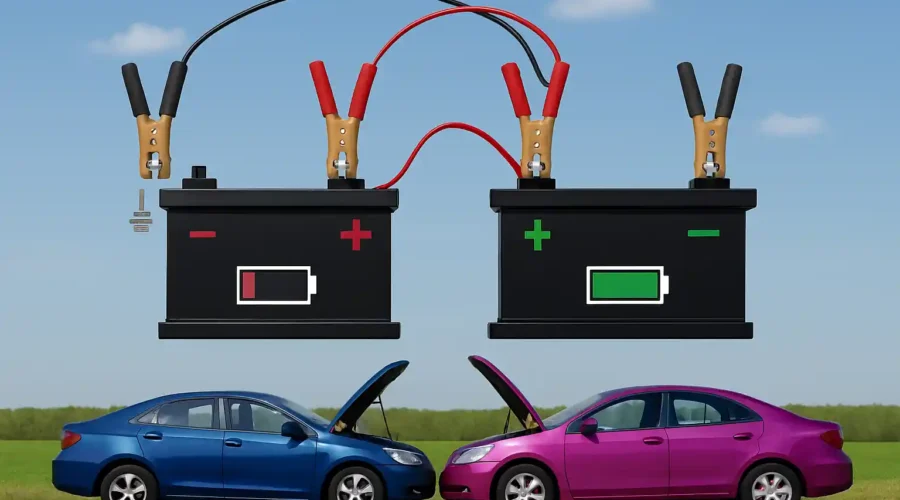Are you a Jeep owner who’s currently wondering – how much does it cost to regear a Jeep? Can’t wait to customize those bad boys, can you? Well, you’re not alone! In reality, recreating the vehicle is not only the best DIY but a few tweaks, upgrades, and adjustments can revamp the entire mechanism, so you’re left with one of a kind model!
Hence, our article will dig deeper into the nook and crannies of how many splurges it would need to regear a Jeep. Furthermore, we will address how, why and what a regearing can do to improve your lifestyle and Jeep’s entire aura. So, without further ado, let’s get rolling!
Jeep Regearing Cost [Estimated]
There’s not a straightforward answer to this dilemma. The price range of regearing a Jeep depends on what modifications you want for your Jeep and where you get them done. Generally, the entire process takes around $1200 to a whopping $3000 based on various factors. But to know more in-depth about these costs, keep reading!
What Does Regearing A Jeep Mean?
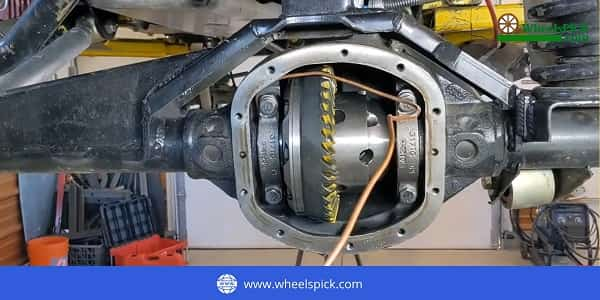
Regearing jeeps can also mean that the owners will revamp, modify or change the ring gears and pinion. This is a widespread practice, and there are numerous reasons for changing tire sizes. For instance, when off-roading, a Jeep that has been regeared can provide enhanced torque needed to climb steeper regions and hills.
Moreover, in many cases, regearing could accompany various speeding changes based on how you proceed with the modification. Regearing, thus, will readjust your Jeep’s gear ratio, eventually promoting multiple speed and torque modifications.
Why Regear A Jeep?
Well, there is a straightforward way of answering this by referring to the Jeep’s performance. When drivers feel underwhelmed by their Jeep’s current performance, they immediately search for better gearing options, whether for rough driving or speeding.
This enhances their regearing opportunities, thus, making their driving scope even larger. Users also require regearing when they switch to smaller or bigger tire sizes so that the rotation occurs correctly.
What Are The Benefits of Regearing?
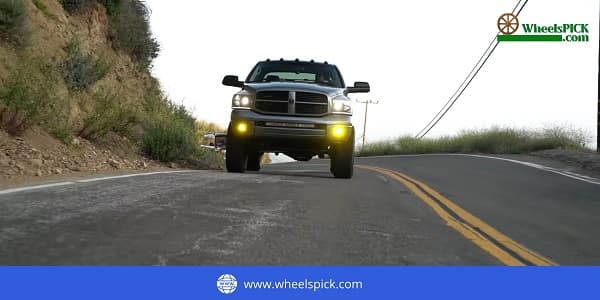
Believe it or not, regearing can optimize your Jeep’s fuel economy. And users save a ton of money on fuel due to proper regearing. This becomes a vivid reality when drivers deal with mid or small-sized tires. When Jeeps get a taller modification, it lets drivers cruise or drives at top speed without stressing about fuel economy.
Moreover, it’s always a good idea to regear one’s Jeep tires because once you taste the downfalls of larger tires, you might want to return. The different diameters and weights of larger tires result in unfavorable rolling resistance and rotational mass issues. It’s also vital to understand that the tire’s diameters affect the Jeep’s drivetrain, which assists the vehicle in moving.
Hence, regearing the Jeep will allow users to drive without higher stress and strain on the Jeep’s engine as much of the force is produced upon the axle. Moreover, the driver will also require lower pressure and energy to turn the vehicle’s wheels.
When Should Users Regear Their Jeep?
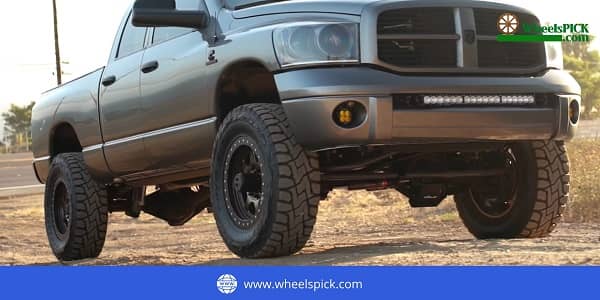
This is yet another well-known dilemma that most users face. When should you regear your Jeep? Here’s when and why you should regear your Jeep.
- To enhance the Jeep’s wheel stability.
- Enhance off-roading performance.
- To drive faster even during leisure cruising.
- Optimize the acceleration while driving through urban scenes and towns.
- To improve the gas mileage during cruising.
- Move away from smaller tire sizes that have lesser friction during off-roading.
- Maximize the acceleration from a parked state while minimizing the engine’s gas-guzzling and RPM during cruising.
Jeep Regear Ratios
While regearing your Jeep, you can flip through and select a gear ratio. But, it might get quite confusing as there are hundreds of combinations. However, the most generic rule for such modifications is that per 300LB add-on, users should go up a gear ratio. The usual gear ratios for Jeeps are 5.38, 5.13, 4.88, 4.56, and 4.10.
Moreover, users must also concentrate on regearing both axles, as only focusing on one might damage their vehicle. Since the rotations must be in unison, regearing both is a necessity.
How To Review Gear Ratio?
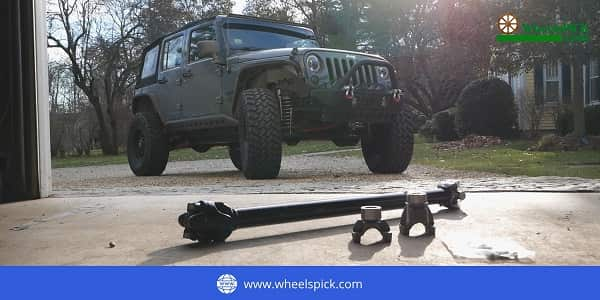
Believe it or not, it doesn’t require an army to flip through the gearing ratios. Here are all the steps that will guide you while reviewing your Jeep’s gear ratio.
Step 1: Get Your Jeep Prepared
Prepare your four-wheeler by lifting. Remember to engage the brakes before beginning and switch off the engine. You must also put on the wheel chocks.
Step 2: Jack It
Next, you must lift your Jeep utilizing a rear axle. Let the car tires float and be in a position where they can rotate freely. Use jack points to keep them flexible yet steady.
Step 3: Rear Driveshafts
Let the Jeep remain neutral, and utilize your hands to shift the rear driveshaft.
Step 4: Count The Revolutions
Keep all your focus on one section of the tire and mentally count the total driveshaft revolution numbers it needs to make an entire revolution.
Step 5: Match Them To The Chart Below
So, here’s a concise chart to which you can match the rotations.
- 4 and 1/2 turns – 4.55:1
- 4 turns: 4.10:1
- 3 and 3/4 turns: 3.73:1
- 3 and 1/2 turns: 3.54:1
- 3 turns: 3.05:1
Costs For Regearing A Jeep
We’re all here to comprehend where we will put our money, so let’s break it down. Eventually, knowing where your investment goes will give you a clearer picture of how important regearing is or isn’t to you. For example, a brand-new, complete, differentiated carrier and newer parts at any state-of-the-art professional and premium shop should cost you around $2000 or even more, including other charges.
On the other hand, if you’re opting to regear in any local and affordable shop, you can complete the project within a budget-friendly $1500. But there’s more to it.
Gear overhaul kits cost somewhere around $600-$1200. However, this price point might spike even more with an additional $500 if you include labor charges and decide to include more parts in your Jeep.
Basically, the more transformation your Jeep goes through, the greater costs you will incur, and we’re looking at an easy and whopping $2000 to $3000 price tag with these additions.
But the best part? You have complete authority on the kinds and numbers of modifications you want for your Jeep with the absolute ease of staying within your desired budget!
Frequently Asked Questions (FAQ’s)
Q1. Should Users Regear for 35s?
A) Going into 35s requires a regear. However, the adequate range for 35s is within 4.10-4.86. There's also a tradeoff between towing power and fuel economy at this stage.
Q2. When to Regear Your Jeep?
A) Generally, if the Jeep bears additional tires and weight than usual, the Jeep might lose some power and eventually require regearing.
Q3. What Gears Are Required for the 35-Inch Jeep Tires?
A) According to generic driving behavior, you want to have 4.88 gears for a 35-inch tire. On the contrary, if you reside in the mountains, consider adopting 5.13:1 or 5.38:1.
Q4. Do You Need to Regear Larger Tires?
A) While installing more extensive tires, the diameter, weight, and rolling friction can have unwanted outcomes, which can get transferred to other mechanical components of the Jeep. Re-gearing could reduce the strain that the Jeep could encounter in such scenarios.
Q5. What Are the Best Gearing Ratios for 35-Inch Jeep Tires?
A) Usually, users like a 4.56 gear ratio in their 35-inch tires. This gives users decent fuel economy, especially at highway speeds.
Q6. What Gears Are Needed for 28-Inch Tires?
A) Users would require a 3.82 rear-gear axle with their 28-inch tires for top-tier performance.
Q7. How to Break in a Regear?
A) Drivers must drive through 15-20miles at about 60 mph. However, it's best to break and cool off entirely at an hour interval. This procedure should be repeated for the first hundred miles to break in finally.
Q8. How to Choose the Correct Gear Ratio?
A) The best way to opt for the correct gear ratio is by picking the ratios that operate the engine's rpm to redline towards the end of the longest and medium straights. Choose the lower gear ratios to underrate rev reductions for each shift.
Conclusion
So, what does it all mean? Regearing Jeeps are personal preferences that some individuals embark upon while others don’t. Therefore, it’s not a must-have. In any case, now you have the answer: how much does it cost to regear a Jeep? Often minor tweaks and fixes cost individuals an arm and a leg; thus, only tasteful Jeep fanatics go that extra mile to regear their Jeeps.
But, at the end of it all, you probably realize what you want for your Jeep, so you can rest easy while the professionals work on them. Now, go ahead and get that unique customization you’ve been craving for years and make your Jeep stand out in the crowd!

